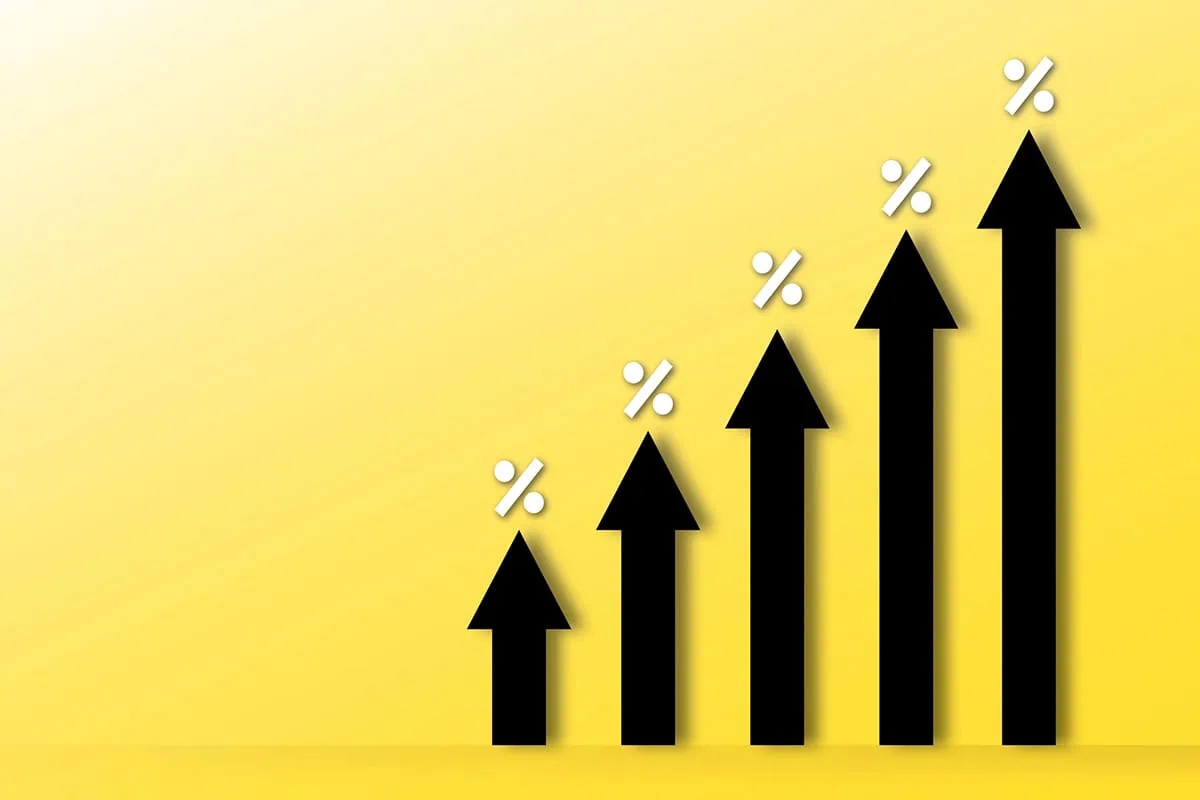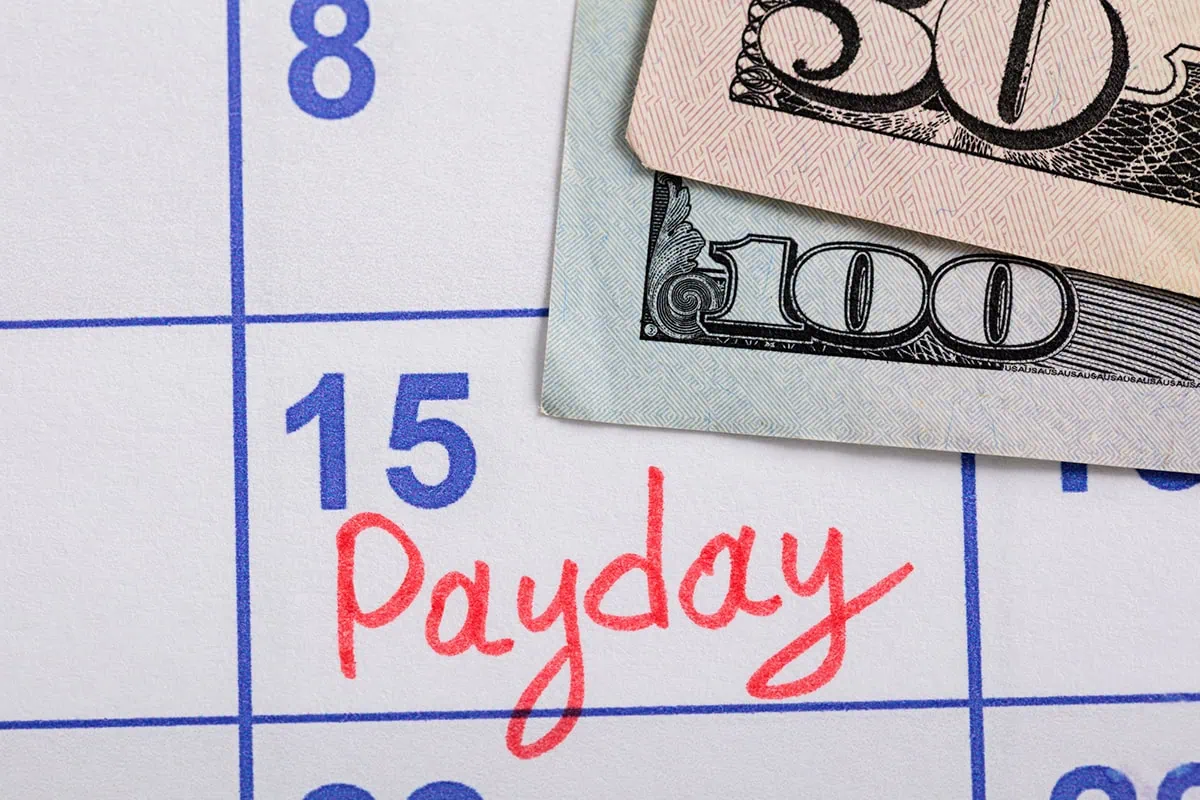Life is full of milestones—and fortunately, for scheduling purposes, those milestones don’t all happen at the exact same time.
Think about the various savings goals you might have had across your life: buying a car (a short-term goal), your dream wedding (an intermediate-term goal), or saving for retirement (a long-term goal). Each goal had a different timeline, and as such, you probably had different “savings buckets,” each of which might have been handled a little differently.
Well, when you’re managing your investments as a retiree, it might very well pay off to use a similar approach, dividing your funds into a variety of “retirement buckets.”
Retirement buckets are a mental organization system for your retirement savings that revolves around when you anticipate you’ll need those funds. It also calls for different treatment of each bucket depending on when you anticipate needing to access that money.
Today, I’ll teach you about retirement buckets, including how to organize your funds within the system, and the pros and cons of this approach.
Table of Contents
What Are the 3 Retirement Buckets?

If nothing else, the retirement bucket system is easy to remember. That’s because it typically involves just three buckets:
1. Short-term
2. Intermediate-term
3. Long-term
The idea behind each bucket is to invest your money a certain way to ensure you’ll have sufficient funds at every stage of retirement.
Let’s go into more detail about the timeframe for each bucket, as well as the best investments to use for each one.
1. Short-Term Bucket

First up is the short-term bucket, which involves any money you’ll need for the next one to five years.
Because you’ll need these funds in the near future, safety and liquidity should be your primary investment goals, while generating a return is secondary. The most fitting investments, then, are going to be extremely conservative: certificates of deposit (CDs), money market funds, even just holding cash in a high-yield savings account.
Related: What Is a Savings Burn Rate?
2. Intermediate-Term Bucket

Your intermediate bucket contains money you’ll need to cover expenses for the next five to 10 years.
Because you have several years before you’ll need to tap these funds, liquidity and safety aren’t as important as they are in the short-term bucket. You have a little time to grow these funds, and you don’t need to worry about having to sell them off at a moment’s notice.
Appropriate investments within an intermediate bucket include debt securities (such as bonds) with short/or and intermediate maturities, as well as defensive and/or dividend stocks.
Related: 8 Best-in-Class Bond Funds to Buy
3. Long-Term Bucket

The goal of your long-term bucket is to ensure you have sufficient retirement income for 10 or more years in the future.
To achieve this goal, you’ll generally need investments that will help these funds to continue increasing in value. Growth stocks, as well as bonds with longer maturities, can be smart additions to this bucket.
While these investments should provide you with higher returns in the long term, you will have to accept the possibility of short-term volatility.
Related: Are You Retirement-Ready? 10 Questions to Ask Yourself
Do you want to get serious about saving and planning for retirement? Sign up for Retire With Riley, Young and the Invested’s free retirement planning newsletter.
Advantages of the Retirement Bucket Strategy

The biggest perk of this retirement investment strategy is that it helps maximize the criteria you need across all parts of the retirement lifecycle. The less-aggressive short-term bucket will provide liquidity when you need it. The more-aggressive intermediate- and longer-term buckets should help your funds grow at a faster pace of inflation, ensuring you have the money you need (if not more) down the road.
The stability in the short-term bucket is also essential for helping retirement savers regulate their emotions and avoid panic withdrawals during times when their longer-term investments are experiencing more volatility.
Related: How to Choose a Financial Advisor
Disadvantages of the Retirement Bucket Strategy

For one, the strategy’s simplicity is a two-sided sword—it’s easy to understand, but it also doesn’t provide a more detailed framework. Sure, it prescribes types of investments, but it doesn’t tell you how much of your funds should be assigned to each bucket or each asset allocation.
It could also end up being too conservative of a strategy for some people. Some investors might need a larger percentage of growth investments than what’s prescribed by the retirement bucket strategy.
Lastly, it treats the buckets like a monolith. It doesn’t prepare you for the fact that your retirement investment portfolio will need to be rebalanced over time, nor the fact that you might need to adjust the size of your buckets and the types of investments therein as you age and as your needs change.
Related: How Long Will My Savings Last in Retirement? 4 Withdrawal Strategies
How Can I Easily Create Retirement Buckets?

One of the best things you can do is avoid the temptation to buy individual securities such as stocks and bonds, and instead get your exposure through diversified investment funds such as mutual funds, exchange-traded funds (ETFs), and closed-end funds (CEFs).
However, while investing funds can be extremely helpful in narrowing down an impossibly and confusingly large number of options, choosing the right funds can still be difficult in its own right.
Our advice? Hire a financial advisor to manage your retirement investments for you. An advisor can talk to you about your goals and unique financial situation, then work on each bucket with the right mix of investments, in the best quantities, to suit your needs—and even rebalance your buckets over time.
Want to talk more about your financial goals or concerns? Our services include comprehensive financial planning, investment management, estate planning, taxes, and more! Schedule a call with Riley to discuss what you need, and what we can do for you.
Related: 13 Best Long-Term Stocks to Buy and Hold Forever

As even novice investors probably know, funds—whether they’re mutual funds or exchange-traded funds (ETFs)—are the simplest and easiest ways to invest in the stock market. But the best long-term stocks also offer many investors a way to stay “invested” intellectually—by following companies they believe in. They also provide investors with the potential for outperformance.
So if you’re looking for a starting point for your own portfolio, look no further. Check out our list of the best long-term stocks for buy-and-hold investors.
Related: 10 Best Monthly Dividend Stocks for Frequent, Regular Income

The vast majority of American dividend stocks pay regular, reliable payouts—and they do so at a more frequent clip (quarterly) than dividend stocks in most other countries (typically every six months or year).
Still, if you’ve ever thought to yourself, “it’d sure be nice to collect these dividends more often,” you don’t have to look far. While they’re not terribly common, American exchanges boast dozens of monthly dividend stocks.
Please Don’t Forget to Like, Follow and Comment

Did you find this article helpful? We’d love to hear your thoughts! Leave a comment with the box on the left-hand side of the screen and share your thoughts.
Also, do you want to stay up-to-date on our latest content?
1. Follow us by clicking the [+ Follow] button above,
2. Subscribe to Retire With Riley, our free weekly retirement planning newsletter, and
3. Give the article a Thumbs Up on the top-left side of the screen.
4. And lastly, if you think this information would benefit your friends and family, don’t hesitate to share it with them!






